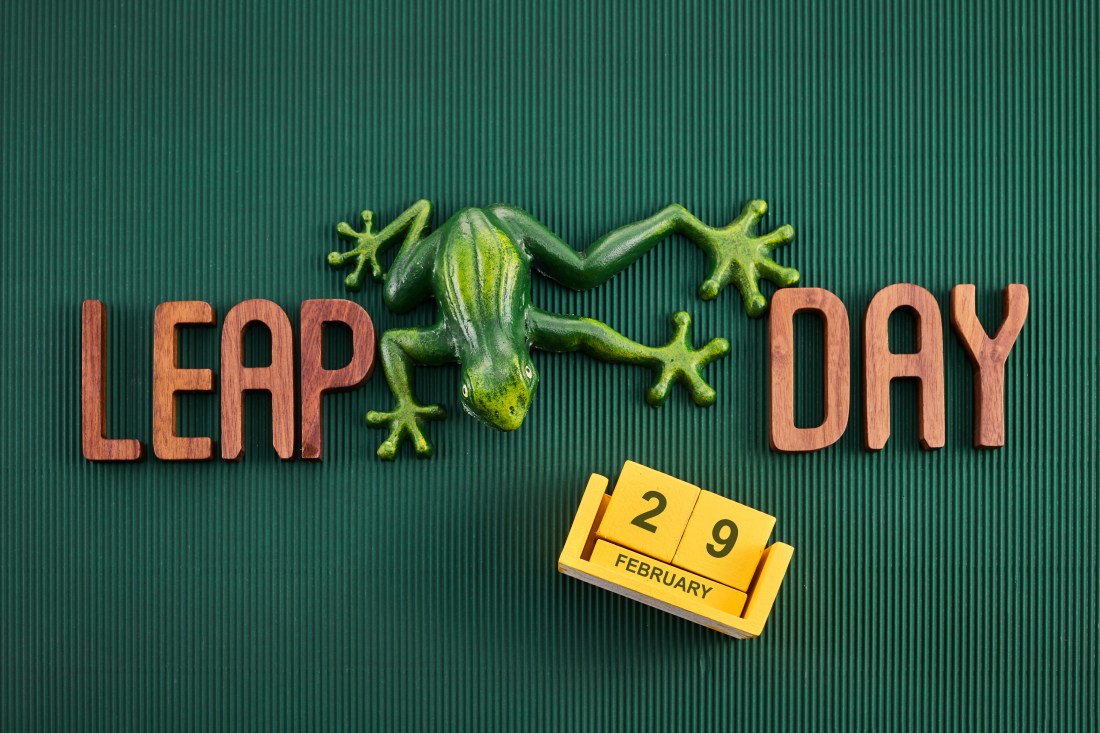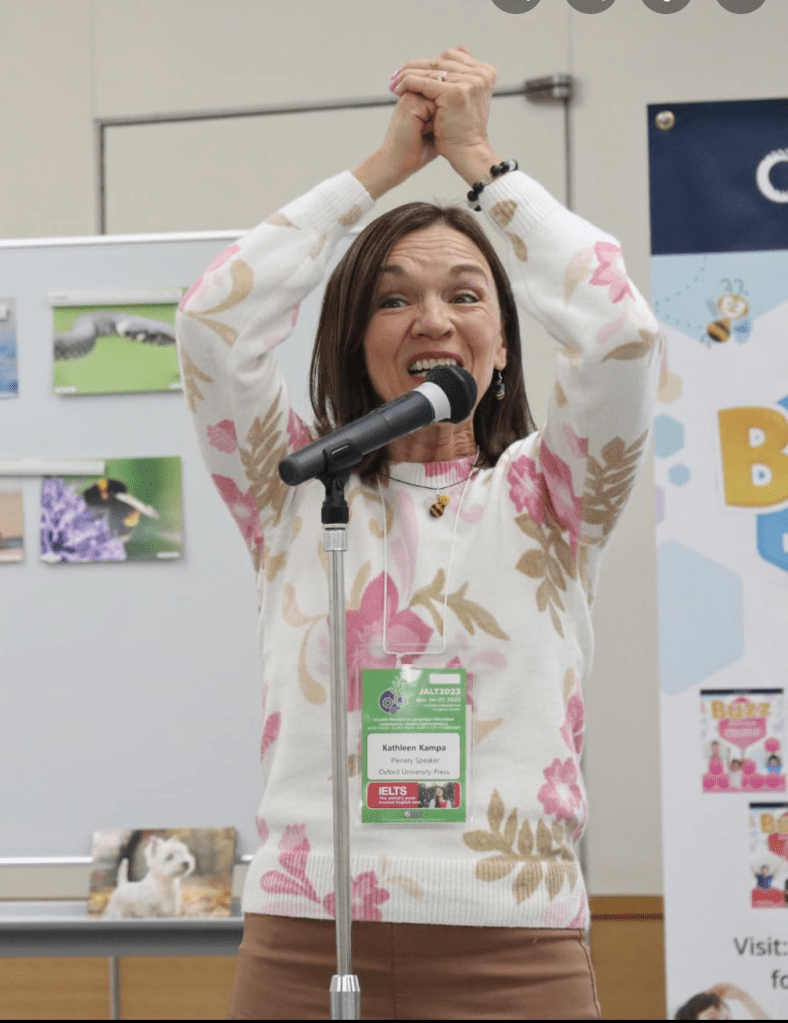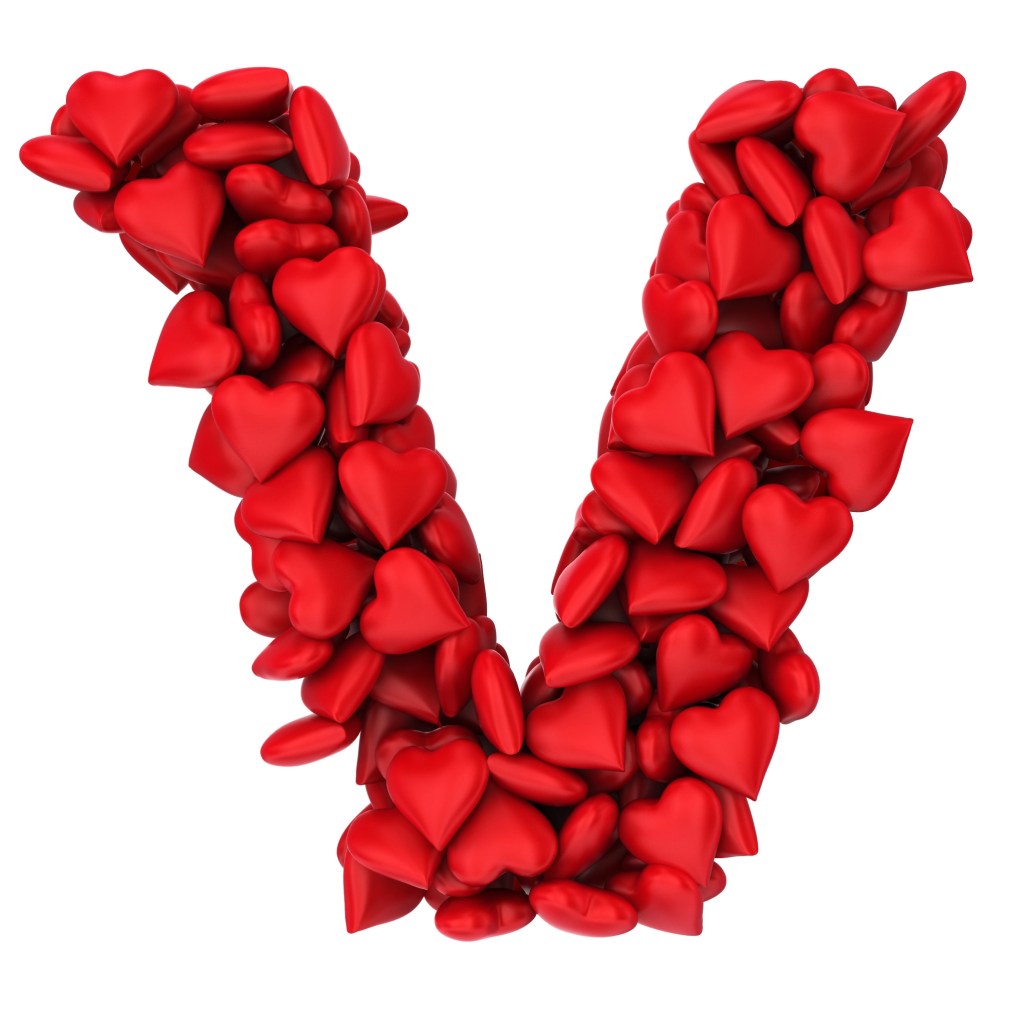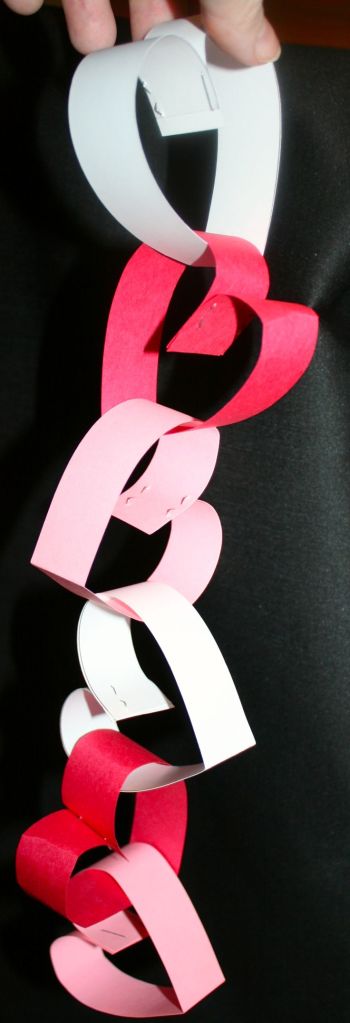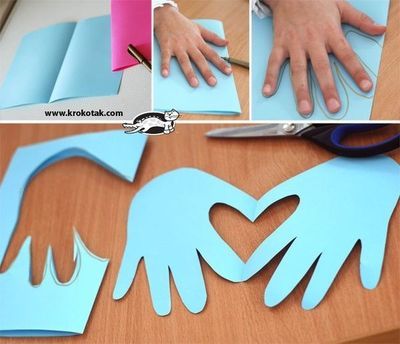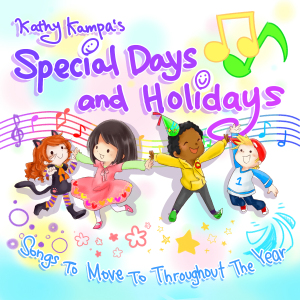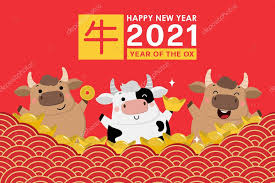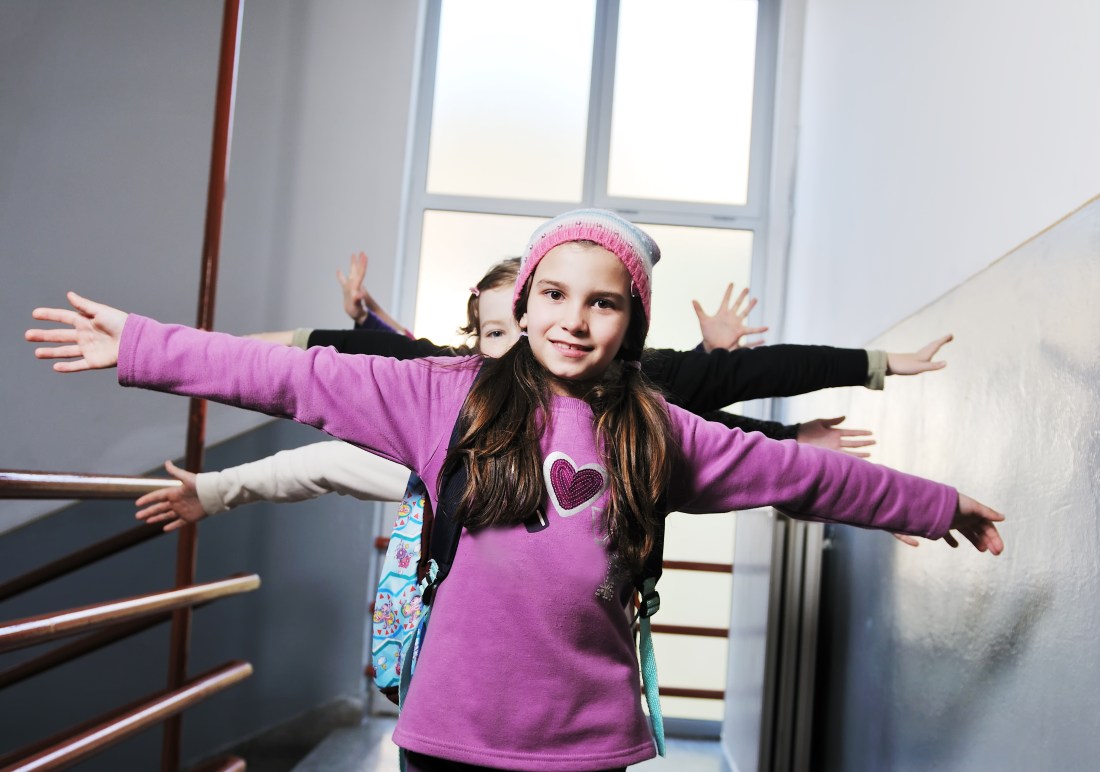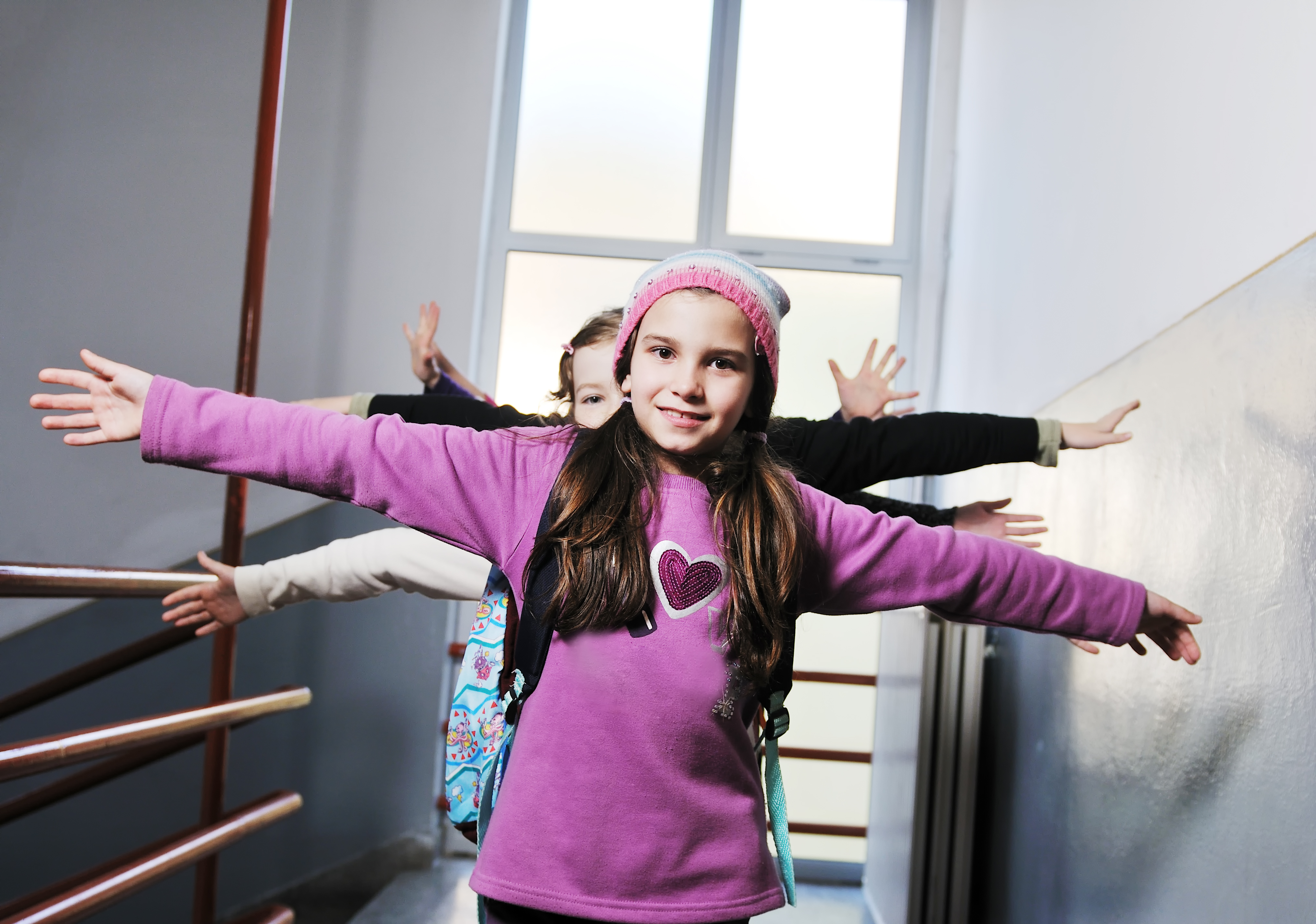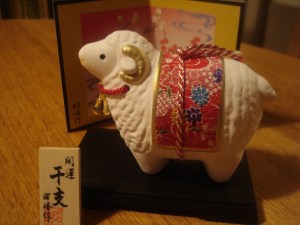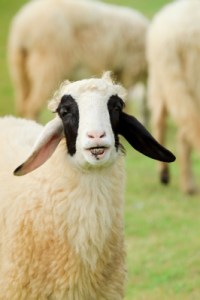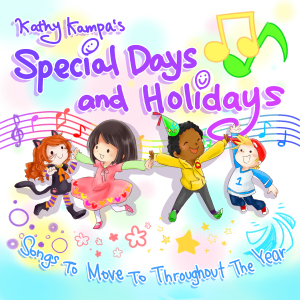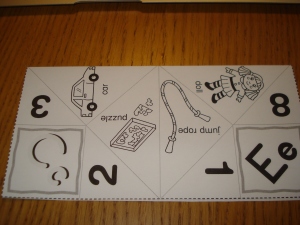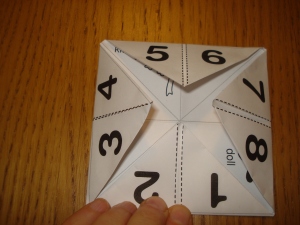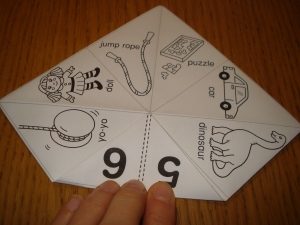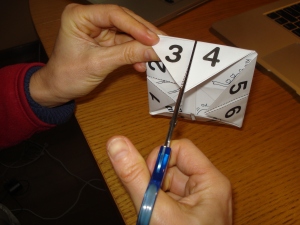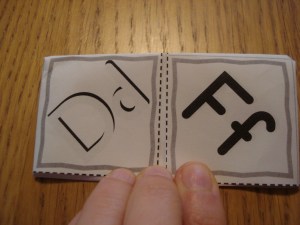If you teach young learners, you know that they love to move! As teachers, we can provide opportunities for children to explore movement in bigger spaces. What kinds of movement should we practice with young learners? We’re going to explore LOCOMOTOR MOVEMENTS. Locomotor movements are not done in one place; children move from one place to another. You might know these as “gross motor movements.”
Add some Locomotor Movements to your Leap Year / Leap Day celebrations!

LOCOMOTOR MOVEMENTS.
If this is the first time your students are doing these types of movements, I recommend practicing them. Make sure that your students have ample room to move. Then, say each locomotor movement word and have students move with you before playing the music.
Alternatively, you can dive right in! Put on the music and move with your students around a circle. Model each of the movements.
If your students are used to doing movement, they can move freely around the space. Here are the locomotor movements used in the song.
walk. Use your imagination! Walk with a puppy or an elephant. Walk like a dinosaur or a princess. Walk happily!
march. Pick up your knees. Imagine that you’re playing a big drum.
tiptoe. Sh! Lift up your heels and move quietly. Maybe someone or something is sleeping.
gallop. Put your hands behind your back to make a tail. Gallop like a horse.
skip. Skipping is like a step and a hop. It can be a little challenging for young learners. Once children learn it, they’ll love skipping.
jump. Jumping is moving off of both feet at the same time. You can jump in different ways–jumping feet apart and together, turning around, or jumping super high! You can jump forward or backward.
hop. Hopping is like jumping, but you have to move by balancing on one foot. If one foot gets tired, just change to the other foot. You can hop in a straight line, a zigzag line, or even in your own circle.
leap. Imagine having to leap over a big puddle. Swing one foot out and fly in the air! You can put things on the floor to leap over, such as beanbags, small hula hoops, or spots
Now practice the letters and their sounds.
In this song, we’ll be making the letter shapes. If your students don’t know these letter sounds, try this.
When I first teach letters and their corresponding sounds to young learners, I like to use the Montessori approach with the Montessori Three-Period Lesson.
Step 1: Choose two letters to introduce. This sound is /m/. This sound is /t/.
We can show students things that begin with these two sounds, such as . . .
Mm: milk, monkey, mouse, mother, mirror, me
Tt: table, tail, teacher, teddy bear, tiger, T-shirt, toy
Step 2: Point to /m/. Point to /t/.
Step 3: What’s this? It’s /m/. It’s /t/.
What sound does monkey start with?
What sounds does tiger start with?
Movement
We can also do movement to practice letter sounds and their corresponding shapes.
Here are Melissa Bailey’s Moving Little Letters flashcards. The cards connect movement with letter sounds. Check out her beautiful work.
My young learners really love to make letter shapes. They visualize the letters in their heads and create their own ideas. If your students need ideas, here are some images for you. The images at the right are from the Phonics Section of our course, Magic Time Two by Oxford University Press. We believe that children learn best by having opportunities to move their bodies. It provides an MI (Multiple Intelligences/ kinesthetic) approach.
The additional photos included below are of my students. I hope that they inspire your imagination and creativity. So . . . make shapes with your fingers, arms, whole body, or a partner. Sit. Stand. Lie down.
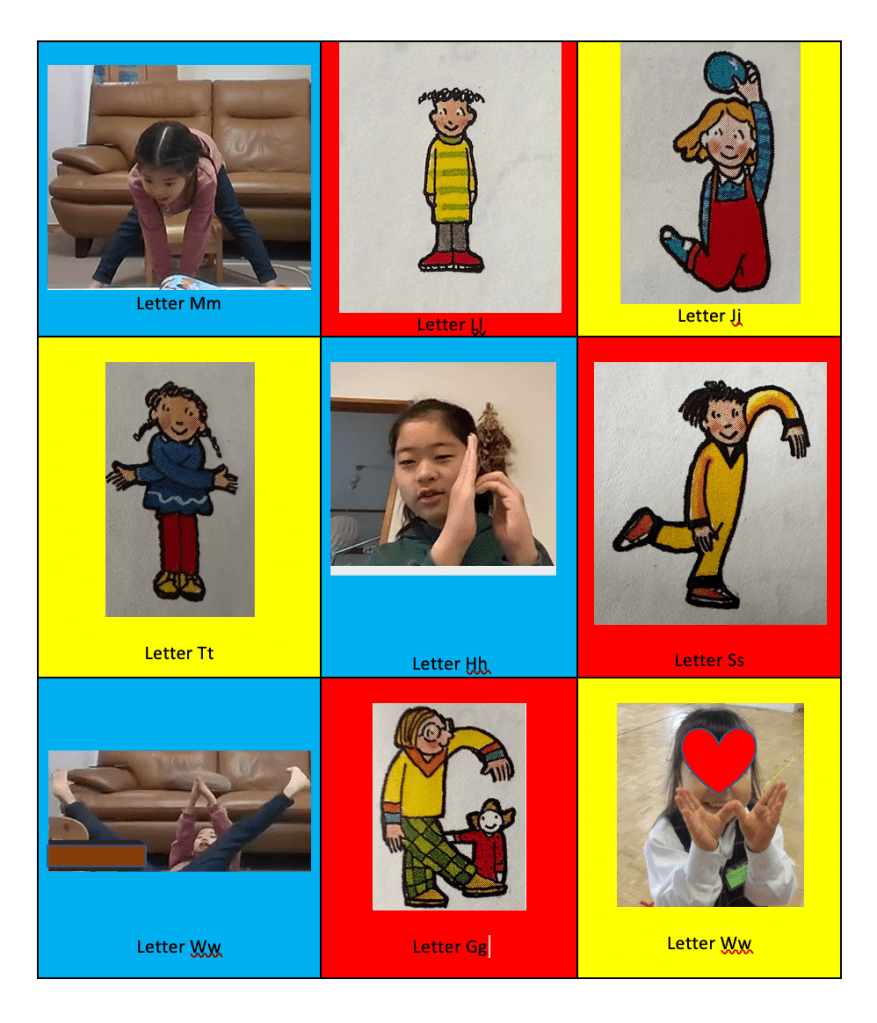
When you demonstrate to your students, imagine that you are the letter on the whiteboard. Make the letter from that perspective. What does it look like?
I always write the letters on my board to help my students visualize the letter shape. I don’t worry if their letters look reversed. From their perspective, it’s probably okay. Have fun creating letters in different ways.
Song
This song comes from my album Jump Jump Everyone. You can find it on iTunes as well as other streaming sites. You’ll find the Spotify link below.
Here are the lyrics for the first verse. The recording will tell you what’s coming next. Great listening activity! Refer to the locomotor movement list above if you really want to know what’s coming next.
We’re walking all around. We’re walking all around.
Walking, walking.
We’re walking all around.
We’re walking all around. We’re walking all around.
Get ready! Get ready!
Make the letter Ww. /w/ /w/ /w/.
It looks like I might be making the letter i! Or the letter j if you could see my feet!
Songwriter Kathy Kampa is a passionate educator of young learners. She seeks to nurture children’s imaginations and spark creativity through fun and engaging activities. Kathy believes that music and movement should be a part of every young child’s education. Kathy’s songs for kids (Kathy Kampa’s Special Days and Holidays and Jump Jump Everyone) are available on iTunes.
Kathy uses a globally-minded and inquiry-based approach to teaching through which students develop 21st-century skills. She also supports the development of English language skills by creating songs, chants, and TPR/movement activities targeted to young learners’ needs. Kathy is an author and teacher-trainer with Oxford University Press. She is delighted to be teaching young learners in her hometown.

Spotify:
Here are some Google slides, just in case you want to use them in your classroom.
